The Card Itself
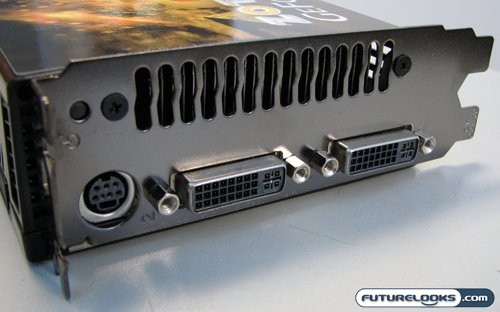
As I noted above, the ZOTAC GeForce GTX 280 sticks closely to NVIDIA’s reference design. The rear of the card is similar to a 9800 GTX in that there’s two DVI ports side by side, a video out on the end, and the exhaust for the fan above. There’s also an LED next to the exhaust which indicates power, incase you were curious if your video card was actually on.
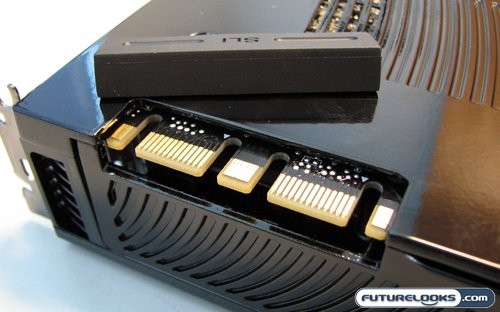
The SLI connectors reside directly behind the ports, on the leading edge of the video card. The ZOTAC GeForce GTX 280, and all other GTX 280 cards, support triple SLI. This necessitates two SLI connectors, and a special SLI bridge that should be provided with a compatible motherboard. As a nice touch, ZOTAC placed a handy little rubber cover over the SLI ports to protect them from the elements.
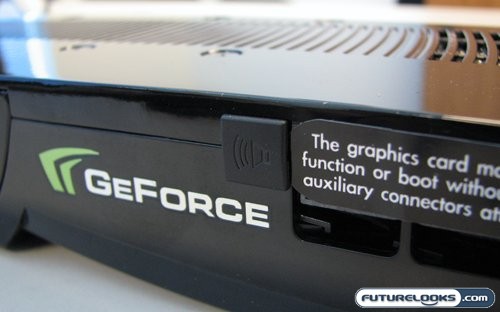
The SPDIF port also gets the “rubber cover” treatment, should you not need to hook up the SPDIF cable. This port carries audio from your sound card or DVD driver through the HDMI cable to an HDTV.
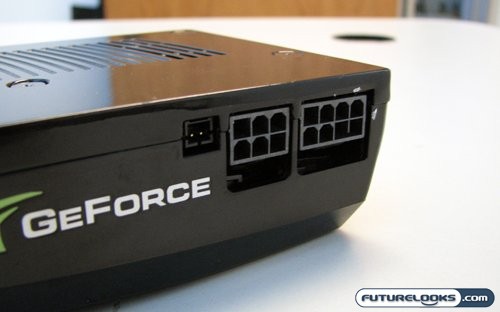
Next to the SPDIF port is the power connectors. The GeForce GTX 280 uses an 8-pin and a 6-pin PCIe connector to draw power from the PSU. Though NVIDIA’s own specifications say the minimum power supply rating to run one of these cards is 550W, I’d recommend getting a 650W or better power supply. At load this card draws 236 Watts so if you are going to run two or three in SLI you will need an ever larger power supply, possibly in the kilowatt range.
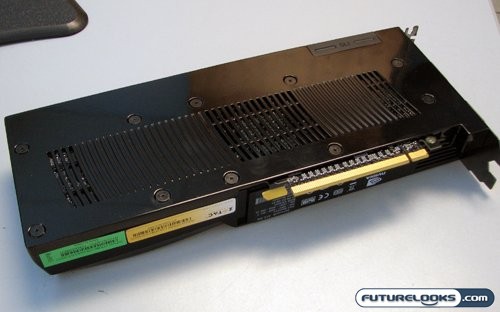
Now incase you haven’t noticed yet, there’s one physical difference between this card and its predecessors. Where as many video cards have their backsides exposed, this entire card is encased in a metal shell. Though the shell is fairly easy to remove, I was unable to capture the event. Needless to say, the shell aids in cooling as there are memory chips on either side of the card.
Real-Time Price and Stock Check – Find More Related Products
